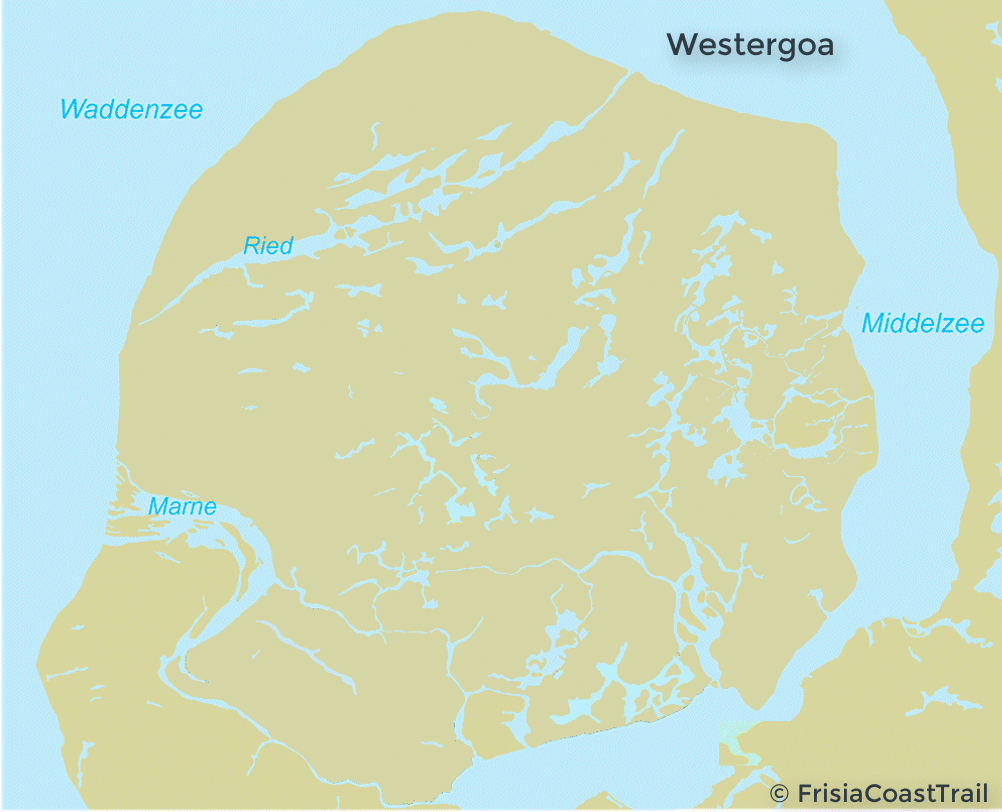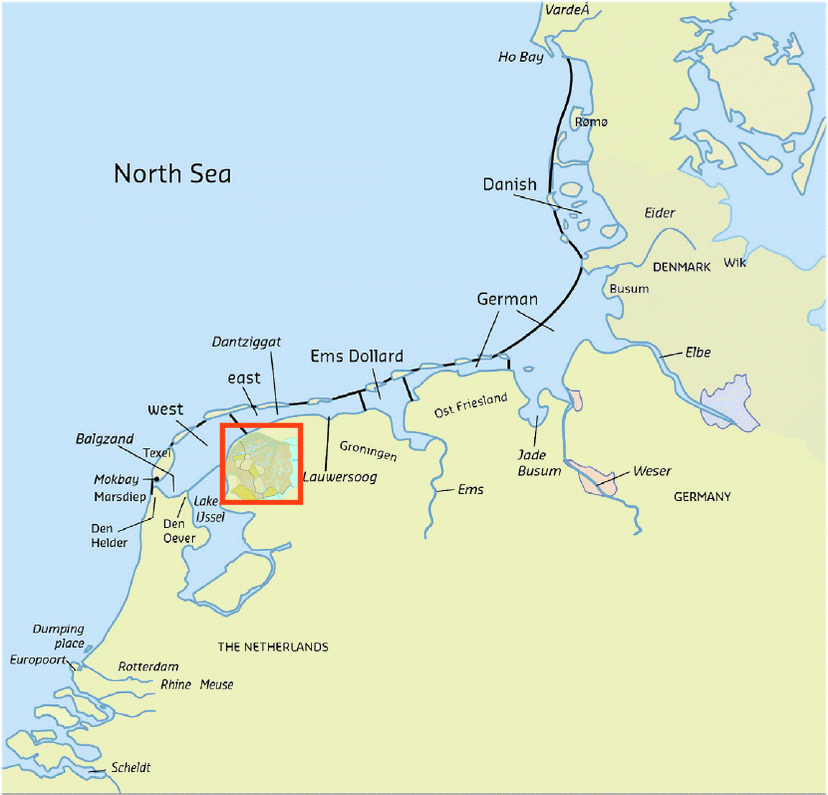Ladies and gentlemen, it is time to get down and dirty. Nope, this article is not about lesbians. This dike is not made of flesh and bones, but it is made of dirt, dung and, ok probably 'bones'. This dike is actually an old Route 66.
A dike is an artificial slope to regulate water levels, also called levee in American English.
This particular dike is old. Very old. It has been build roughly between 1000 and 1300 AD. Yes, sure, there are dikes dating back from around 0 AD. But this one is still intact. It saved our ass until 1825. Besides, it is the best introduction of understanding what the heck a dike is for.
The name is this dike is the Slachtedyk. The word "dyk" is the Frisian word for "dyke". Let's leave out the word “dyk” and have a closer look at “Slachte”. This might give us a clue what the dyke was really about.
There has been some research about the name. A very plausible translation for the old word “Slachte” is “part”. It is related to the English word of "Slaught", cutting up meat into parts -or enemies for that matter. That is exactly what it was. The Slachtedyk was a dike that consisted of several parts. Different parts of the dike fullfilled different functions over the hundreds of years.
What makes this dike so special is that if you walk on it, you will be able to see the two different functions a dike had. You need a sharp eye. And photo’s normally don’t show it due to loss of perspective and depth. So you really need to see it with your own eyes ;-)
The first function was as a sea-dike, protecting us from the high floods.
The second function was a polder-dike. It was to gain land, a very peaceful way of annexing land without going to war.
As to the second function: remember, we created our own land, while God created the earth. The procedure is simple. Create a dike around a lake, wetland or marsh, put windmills on the dike and pump the water out. Voila, there you have your new land. Looking at the map, you will even find a place called “New land” or “Nijland”.
The Slachtedyk has never been build as one dyk from scratch. It is a collection of dikes, both sea-dike and polder-dikes, being connected over time. Have a look at this time-lapse animation below.

Sources: De Slachte / druk 1By U.G. Hosper, Gerard Peter Karstkarel, Siem van der Woude, Terpenwierdeland.nl.
The result of linking all the dikes allows for people to travel easy and quickly from one side of the country to the other. Just like route 66 connects Chicago, illinois with Santa Monica, California (West coast).
The dike measures somewhere around 42 kilometers. I know what you think. It's ideal to make a marathon out of it. The Frisians thought so too. Every 4 years you can join the marathon.
But, every day you can walk the Frisia Coast Trail ;-) It will take you two days walking from Raerd (Rauwerd) to Easterbierrum (Oosterbierum) at the Wadden Sea coast. This stretch is covered when hiking stage 4 of the Frisia Coast Trail (FCT).



